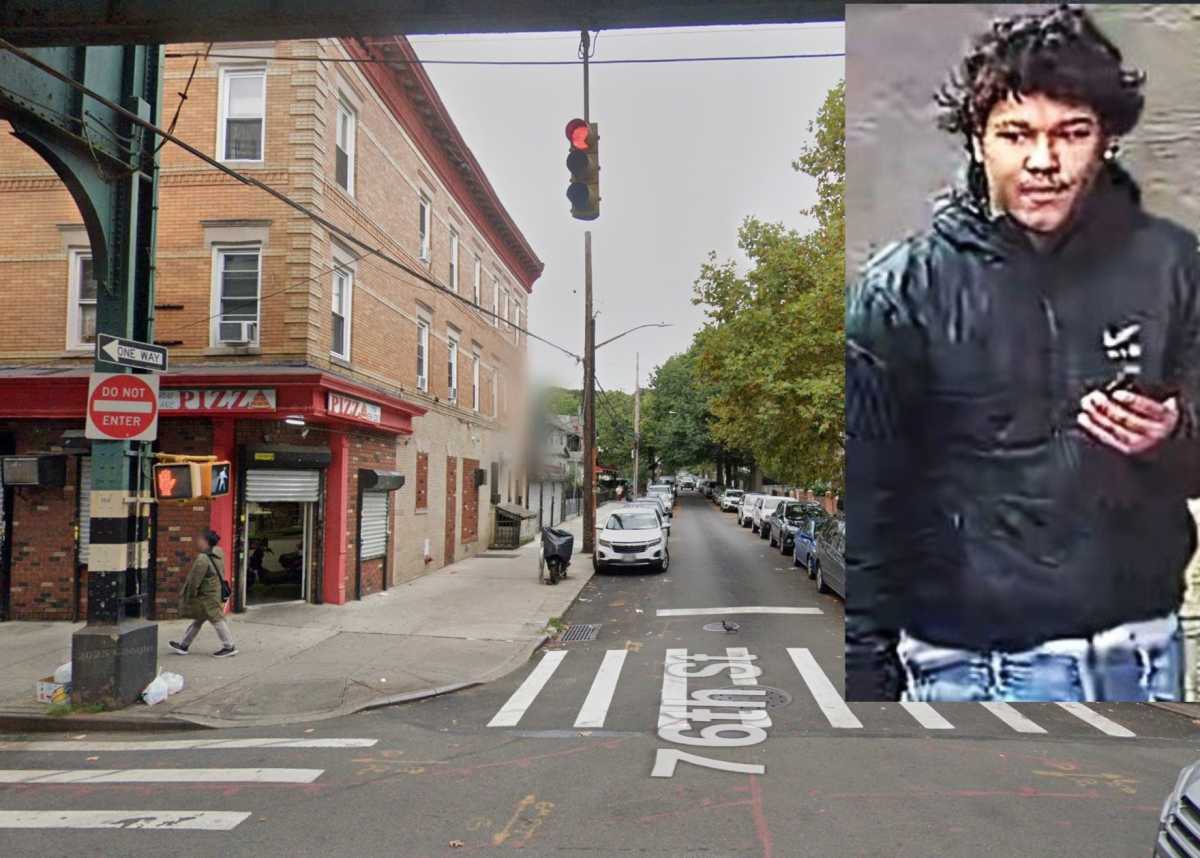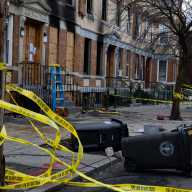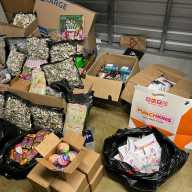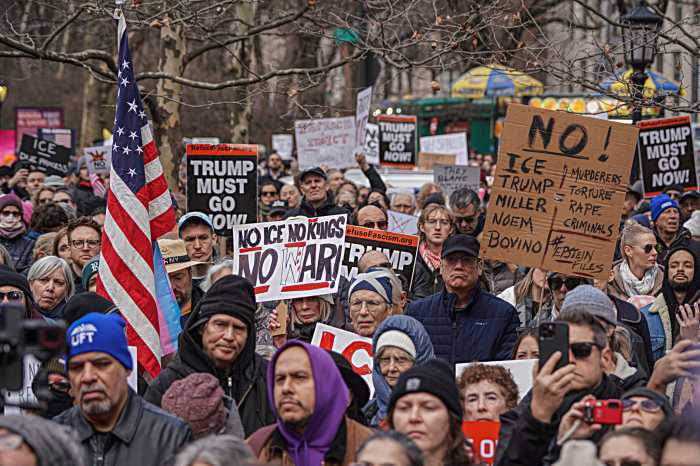It seems like every summer, New York City has to close some public beaches, and they’re looking for volunteers to help them avoid it.
The reason for many of the closings is called “floatables,” man-made debris that washes up on the beach.
The New York City Department of Environmental Protection (DEP) Marine Sciences Section is sponsoring a Volunteer Floatables Beach Surveillance program again this summer. The idea is to spot trends, and help avoid the necessity of closures.
“You do not have to pick up anything,” stresses Robert Ganz, who has managed the program for eight of its nine years. “Most floatables are from storm sewer outflows and the survey helps us trace the source,” he said.
Volunteers survey a specific 200-foot section of shoreline once a week, on the “strew line” which is from the high water mark to the water line, about an hour after high tide. They mark down survey forms that list 135 types of floatables, divided into nine major categories. They also note if there was a recent rainfall.
The project supplies volunteers with tide charts, so that all surveys are done at an hour after high tide. They also get letters of authorization.
“We currently survey 45 beach sites around the city,” Ganz said, “but there are many important shore areas where we need help.” Nearly 100 volunteers participate, but with 600 miles of shore line in New York City (according to NASA) Ganz could use a lot more.
He ticked off a number of spots in northeast Queens, including around Fort Totten, College Point, Flushing Bay and Flushing Creek, where he would like surveys performed, as well as a desire for intrepid volunteers to survey the margins of Dutch Kills in Long Island City and along Newtown Creek into Maspeth.
“It is a first alert system in which the community can participate,” he said, adding, “This ensures fewer beach closures and other related problems.”
Ganz asked anyone interested in getting involved to call him at 212-889-4216 or email: ozonelayerllc@rcn.com.
































